20 Years of Kingdom Hearts
We look back at some of the franchise's moments and ponder what might be next for Sora, Riku, and Kairi
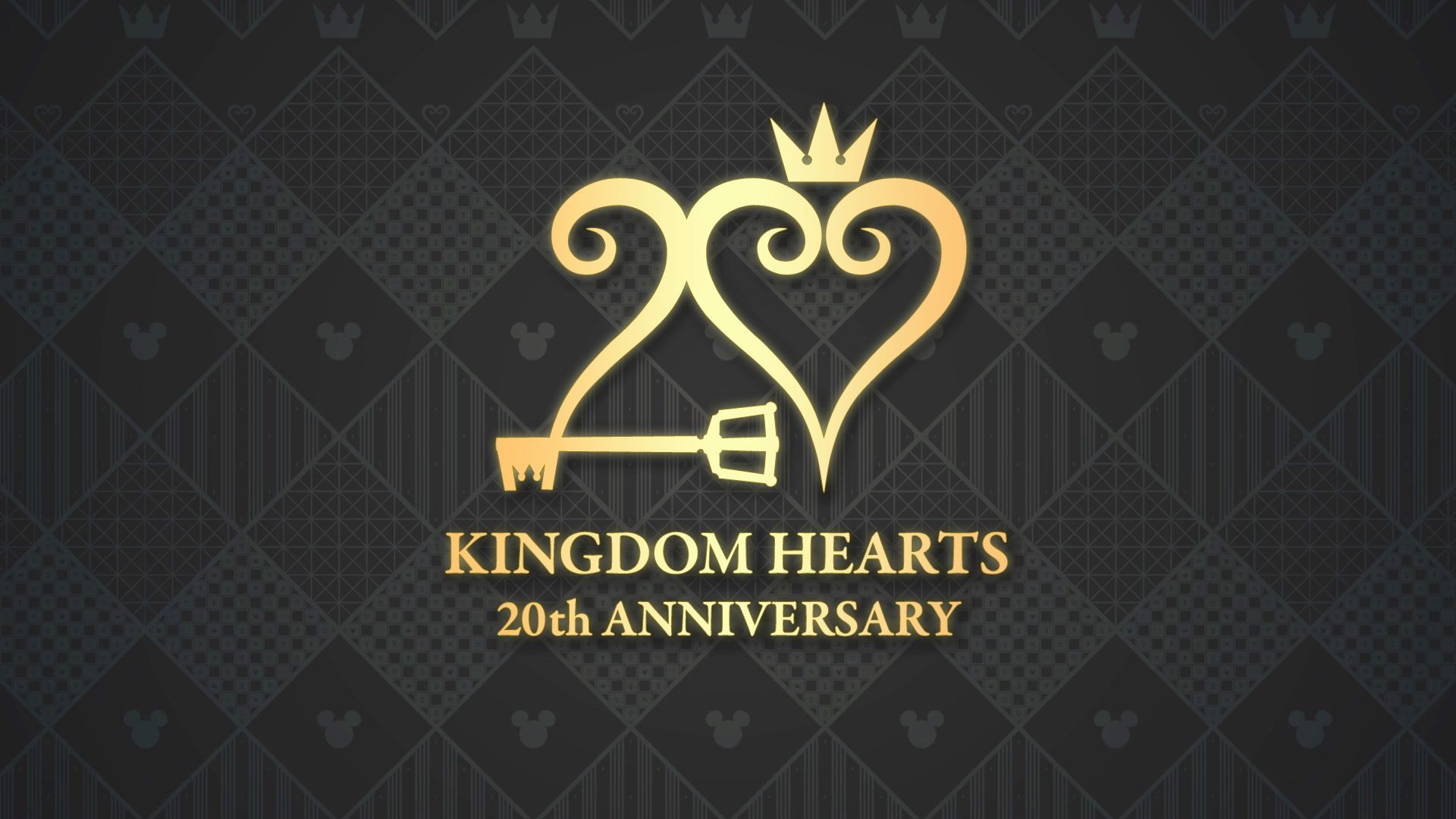
Who could've ever thought that a chance meeting between former Final Fantasy brand manager Shinji Hashimoto and an unnamed executive of Disney Interactive would've led to the marriage of two completely disparate worlds and the creation of something so great?
Well, it's a good thing that it happened because now, 20 years later, fans of the franchise have been treated to the Kingdom Hearts' anniversary live event and have an idea of what's to come. More on that soon, but first, let's look back!
Spanning 13 games - you'll be seeing that number a lot in this story, you've been warned! - across multiple platforms, Kingdom Hearts has gone on to be one of Square Enix's most recognizable franchises, second only to Final Fantasy itself.
Three children leave to find their destiny
But, how did this all come to pass? Let's go back for a moment, shall we?
It all began when Squaresoft - as they were known back then - were looking to develop a game that could rival the revolutionary (for the time) tech seen in Nintendo's Super Mario 64. Initially, it was going to be another Final Fantasy game with heavy action elements. It had already been decided that Tetsuya Nomura, who had already proven himself within the company, would be leading this new project. What had yet to be decided, however, was what type of game it would be.
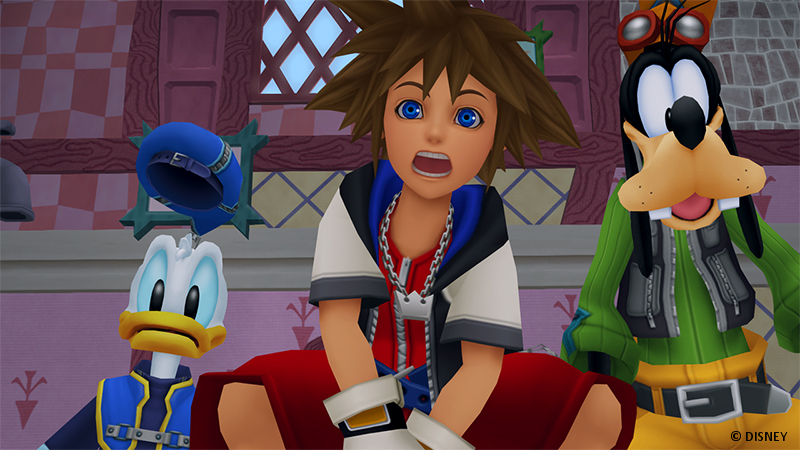
That's when the Hashimoto-Disney exec meeting occurred, with the Squaresoft employee pitching the idea and getting positive feedback. Under a tight leash, Disney agreed to give their licenses over to the Japanese developers and, with Nomura at the helm, the original Kingdom Hearts was released in 2002 for the PlayStation 2. The game was extremely well received by audiences, exceeding even Squaresoft's expectations.
The story of the game was about a young boy named Sora living on a small island with his two friends, Riku and Kairi. During a freak storm, he is separated from them and transported to another world. There he meets his trusted companions Donald Duck and Goofy as he attempts to reunite with Riku and Kairi. At the same time, Sora seals the keyholes of the worlds he visits with his iconic weapon the keyblade, in order to keep their darkness at bay.
Before the game's initial release, Nomura was unsure of how the players would respond to this new concept, so when the game re-released as Final Mix, he added a hidden trailer for a potential sequel. Following its positive feedback, he then started working on a follow-up.
The 'Chain' between the two main entries
However, because it was taking too long to release this new title, an in-between game that would explain the events leading up to the sequel was created and released in 2004 called Chain Of Memories. Initially, this game was released only on the Game Boy Advance handheld system, leaving players who had enjoyed the original on the PS2 feeling perplexed.
But Chain Of Memories featured an enthralling story and an innovative battle system that made it essential for any fans of the franchise. That led to the rise in sales of Nintendo's portable devices just so players could have the chance to experience the next - or, more accurately, the middle - chapter in Sora's journey.
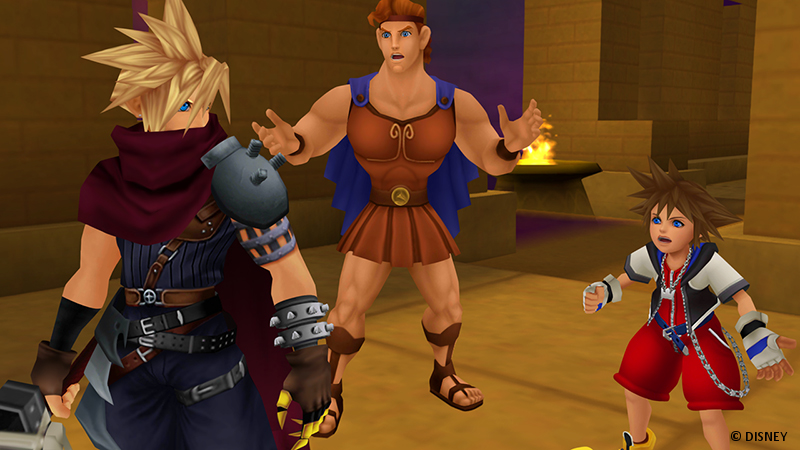
Chain Of Memories explains how Sora, Donald, and Goofy go looking for King Mickey and Riku, only to find a huge tower called Castle Oblivion. Inside the tower, they meet a girl named Namine, who gradually begins taking Kairi's place in Sora's memories. They also have their first encounters with the members of Organization XIII (remember that number from earlier?).
Sora is Roxas without the 'χ'
In 2005, the long-awaited next chapter of Sora, Riku, and Kairi's story finally arrived. During the development of this game, Nomura had asked Disney to give him more creative freedom with the character of King Mickey, who also happens to be their mascot. They hesitantly agreed to this and the development team was able to showcase the "King's" abilities and give more depth to the story by making full use of the trademarked Mouse.
Kingdom Hearts II also introduced many new concepts such as nobodies, which were essentially empty vessels without hearts (but not as gross as it sounds). Many new characters made their debut in this game, such as fan-favorites Roxas and Axel, the rest of the Organization XIII members, and Xemnas.
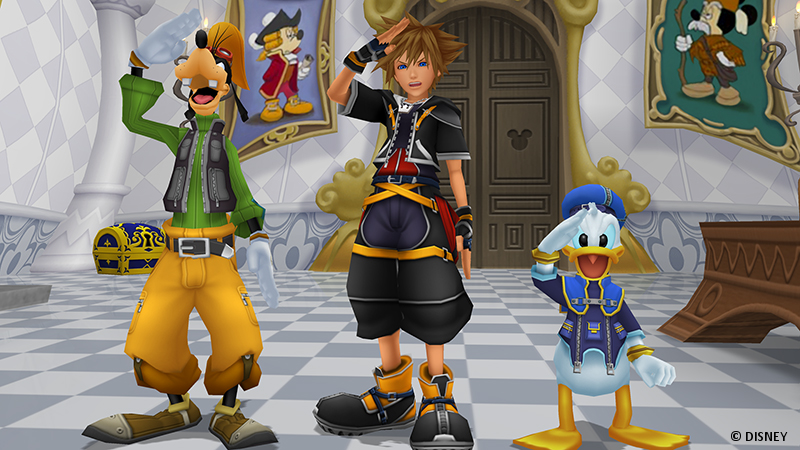
Creating a decade's worth of content
It would be quite a while until the trilogy was completed. During that time though, the franchise was never truly forgotten. It would be revisited with titles that were smaller in scope but that served to bridge the gap until the great reappearance of the main storyline. They also helped build up the story and explain certain concepts such as the Keyblade war.
The first of them was called Coded. Initially released as a mobile game, this entry follows the Disney group, such as Mickey, Donald, and Goofy, as they go through Jiminy Cricket's digital diary and visit virtual replicas of worlds. They achieve this via a digital replica of the main character called Data-Sora. The game was released gradually, with the final episode being released in 2010.
The second game was 358/2 Days. Returning to the Nintendo handheld devices and more specifically the DS, this 2009 entry gave a more in-depth look at the highly popular character Roxas, his relationship with Sora, and his position in Organization XIII. It also emphasized his friendship with Axel and a new character called Xion. The entirely new perspective that the game offered on events that had already occurred allowed fans to sympathize with Roxas and his friends and grow attached to them.
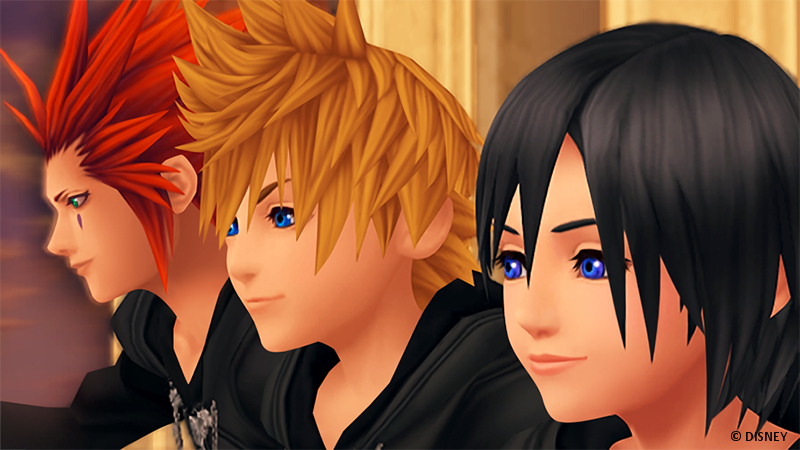
2010 saw the return of the Kingdom Hearts franchise to PlayStation platforms and, more specifically, the PSP. With the release of Birth By Sleep, a game with a highly-enticing trailer whose meaning perplexed everyone, Nomura and his team took the franchise further than any of its fans thought it would ever go.
Exploring the origins behind the Keyblade war and Xehanort's schemes, Birth By Sleep not only offered players insight into something that had now grown exponentially larger than they thought but also introduced some great new characters. As if that weren't enough, the game packed an awesome battle system, similar to that of the second game. Birth By Sleep was without a doubt the best game that the franchise had to offer during the gap between the second and third main installments.
Finally, in 2012, the back-and-forth between handheld devices ended with Dream Drop Distance, which was also released on the Nintendo DS (yes, we know, weird decisions around console releases). This game took the focus back to the main characters Sora and Riku as they attempted to pass their Mark of Mastery exam before the start of the next Keyblade war. The game foreshadowed that something big was looming on the horizon...
Source: YouTube.
Kingdom Hearts returns! Well, not exactly...
At E3 2013, Kingdom Hearts reappeared in a big way. As the announcement of the third main installment dropped during Sony's presentation, fans all over the world held back tears of disbelief, thinking they would be stuck waiting on this for the rest of their lives. However, as they were about to find out, their excitement would soon be replaced by exasperated gasps.
In an attempt to revitalize the franchise and bring in a new audience, Square Enix decided to re-release all the previous titles with upgraded graphics. In 2013, Kingdom Hearts 1.5 HD ReMix was released, a collection that featured the original game, alongside Chain Of Memories and 358/2 Days. A year later (2014), KH 2.5 HD ReMix was added. It included Kingdom Hearts II Final Mix, Birth By Sleep Final Mix, and Re: Coded. Both these collections were exclusive to the PlayStation 3.
The franchise also moved to the mobile gaming industry, with the release of Kingdom Hearts Unchained χ in 2012, a game that explains all the events which took place in the distant past. It was initially a web browser title and, since it was migrating to smartphones, its story content was released at steady time periods. In 2017, the game was rebranded as Union χ. In 2019, it had its own spin-off, called Dark Road, which tells the story of a young Xehanort.
Source: YouTube.
In 2017, the third and final collection of titles was released. It was (strangely) called Kingdom Hearts 2.8 Final Chapter Prologue and featured Dream Drop Distance HD, along with a brand new episode called 0.2 Birth By Sleep - A Fragmentary Passage, which focused on the character Aqua and her venture into the realm of darkness, and χ Back Cover, a number of cinematic cutscenes from Union χ redesigned in full HD. This collection was released on the PS4 and was meant to serve as a taste of what was to come.
The long-awaited hour finally arrives
Finally, in early 2019, Sora reappeared on the big screen. Kingdom Hearts III made its debut to the world with a full story that settled (almost) all issues left unresolved by close to a decade of games. Exploring marvelous Disney and Pixar worlds, such as Toy Story or Frozen, players had the chance to see their favorite characters come to life thanks to the updated graphics of the PS4. The improved capabilities of Sony's hardware gave Nomura and his team the opportunity to develop an innovative and highly engaging battle system, which was entirely based on the first and second entries of the franchise.
The story picked up straight from Dream Drop Distance, with Sora having failed his Mark of Mastery exam (sorry for the spoiler!) and the rest of the gang attempting to find the missing warriors before the battle against Xehanort begins. Suffice it to say, the story may put the spotlight on Sora, but everyone has a chance to shine, even characters from long-forgotten games and even all those who chose to participate in Union χ. The game was a literal celebration of the franchise and was entirely worth the decade-long wait, although some may feel differently about it.
Source: YouTube.
As a form of "thank you for the wait" towards the players, but also a method of moving the story forward, a year later (2020), the downloadable episode Re:Mind was released, showing a different version of events that transpired during the last chapter of the story. It was well accepted by fans and featured some of the most iconic moments that the franchise was ever seen, most notably Mickey's battle against the Xehanort army and the reappearance of Yozora.
What's next for Sora and his friends?
A few months later, in October 2020, a rhythm-fighting game in the vein of Theatrhythm: Final Fantasy was released called Melody Of Memory. This was available on the PS4, as well as the Nintendo Switch and the Xbox One. It followed Kairi as she attempted to find Sora, who had gone missing after the events of the third game (another spoiler, sorry!) During the final scenes, Riku is seen heading towards a place called Quadratum, which served as a hint about the future.
During the recent event for the celebration of Kingdom Hearts' 20th anniversary, Nomura shared a 7-minute long video showing what he and his team had in store for the franchise. Near the end of that video, Sora can be seen in a world that closely resembles our own, with a female character called Strelitzia (Union χ players will know who she is) pointing out that the city is indeed called Quadratum. It serves as a form of "afterlife" for those who live in Sora's world.
Source: YouTube.
Of course, the clip was from the freshly announced Kingdom Hearts IV, which is now officially in development! Among the info that Nomura shared about the upcoming main series entry was that the - highly impressive - footage that was shown in the trailer was running on the Unreal Engine 4, but the final version of the game will run on the latest model, Unreal Engine 5. Considering the capabilities of the upgraded game engine, it'll certainly be interesting to see what kind of spectacle this game will turn into!
Sora's new, more realistic look left many feeling alienated, as they thought he had lost his charm and was becoming similar to many other Square Enix protagonists of the modern-day, such as Final Fantasy XV's Noctis. But Nomura confirmed that the KH protagonist only sported that new look because he was in that specific world and, as we know, each location alters the character's appearance.
Nomura also pointed out that it might be a while until we see this game again, considering it was only just announced and confirmed to be in early development. Considering how many things Square Enix has on their plate right now (FF XVI, FF VII Remake 2, Forspoken, Dragon Quest XII, Star Ocean V, new Tomb Raider, etc.) it's difficult to pinpoint when this game could hit the shelves.
I guess we'll have to wait and see. But, for now, at least, we have 20 years' worth of content and memories to look back on. All because of a chance encounter in an elevator. Funny how things work out...